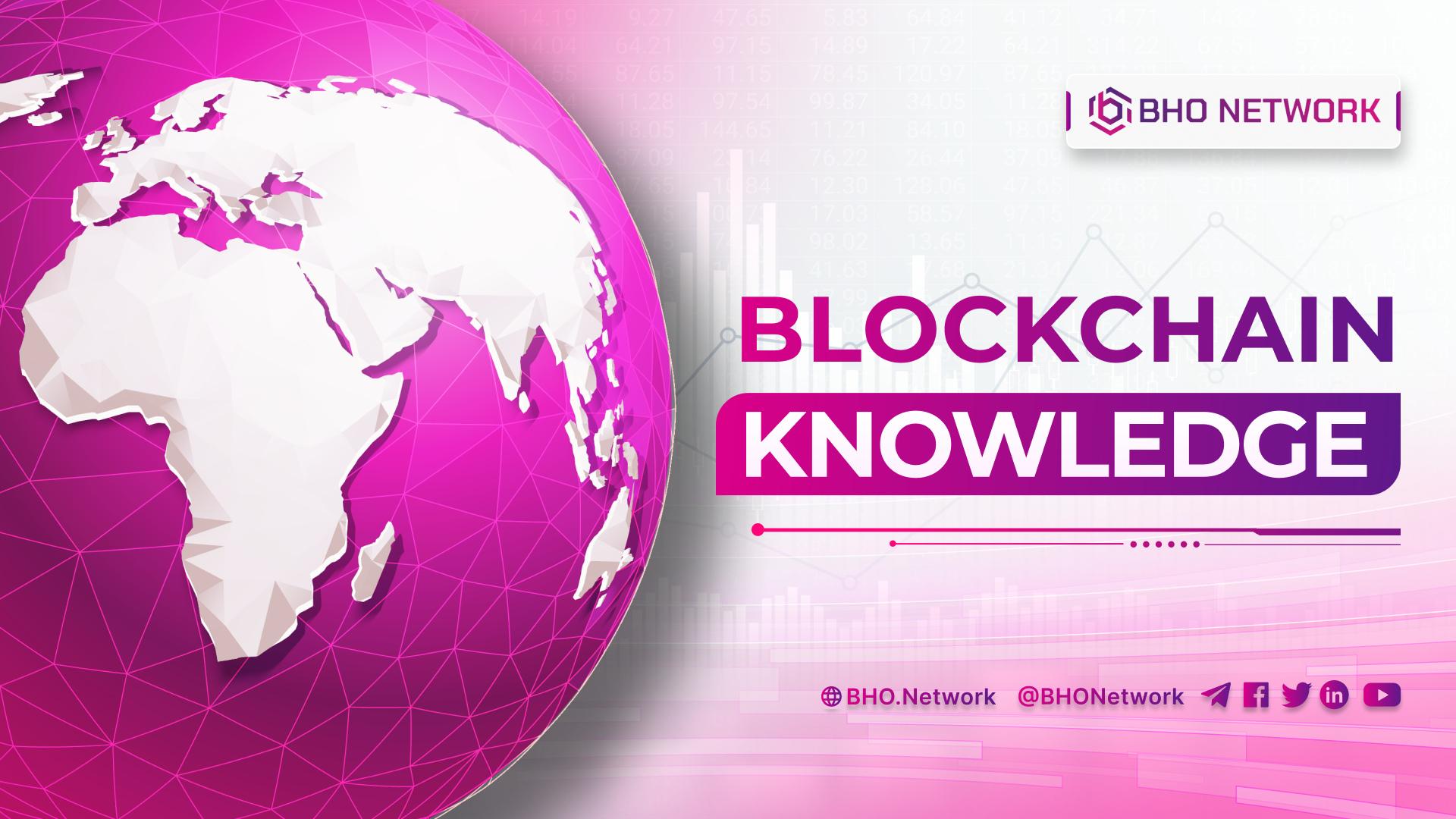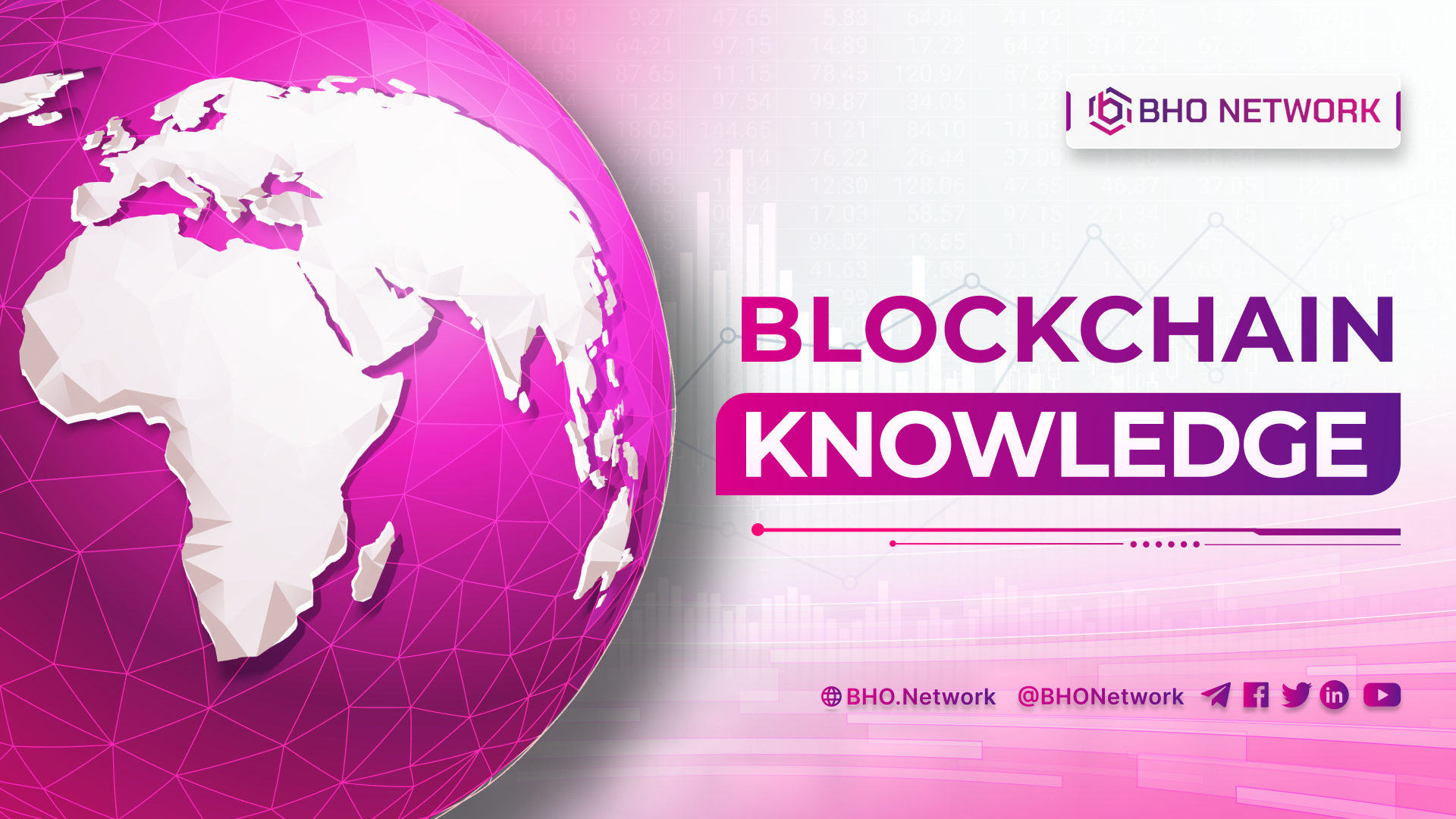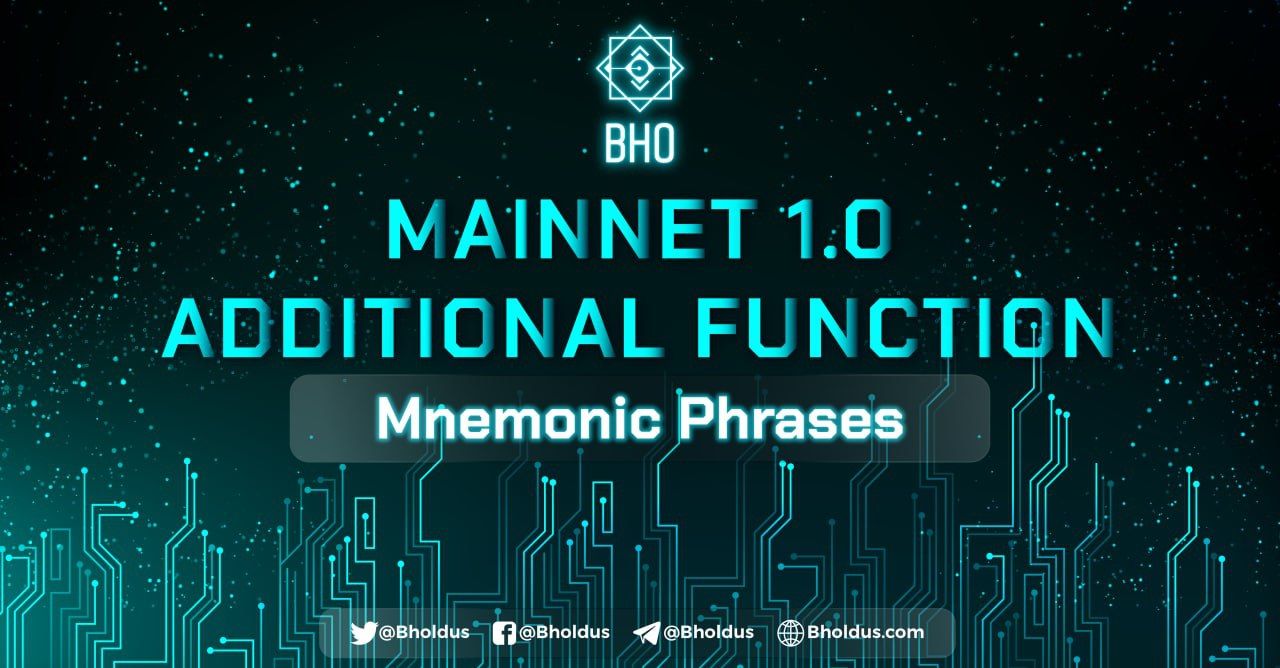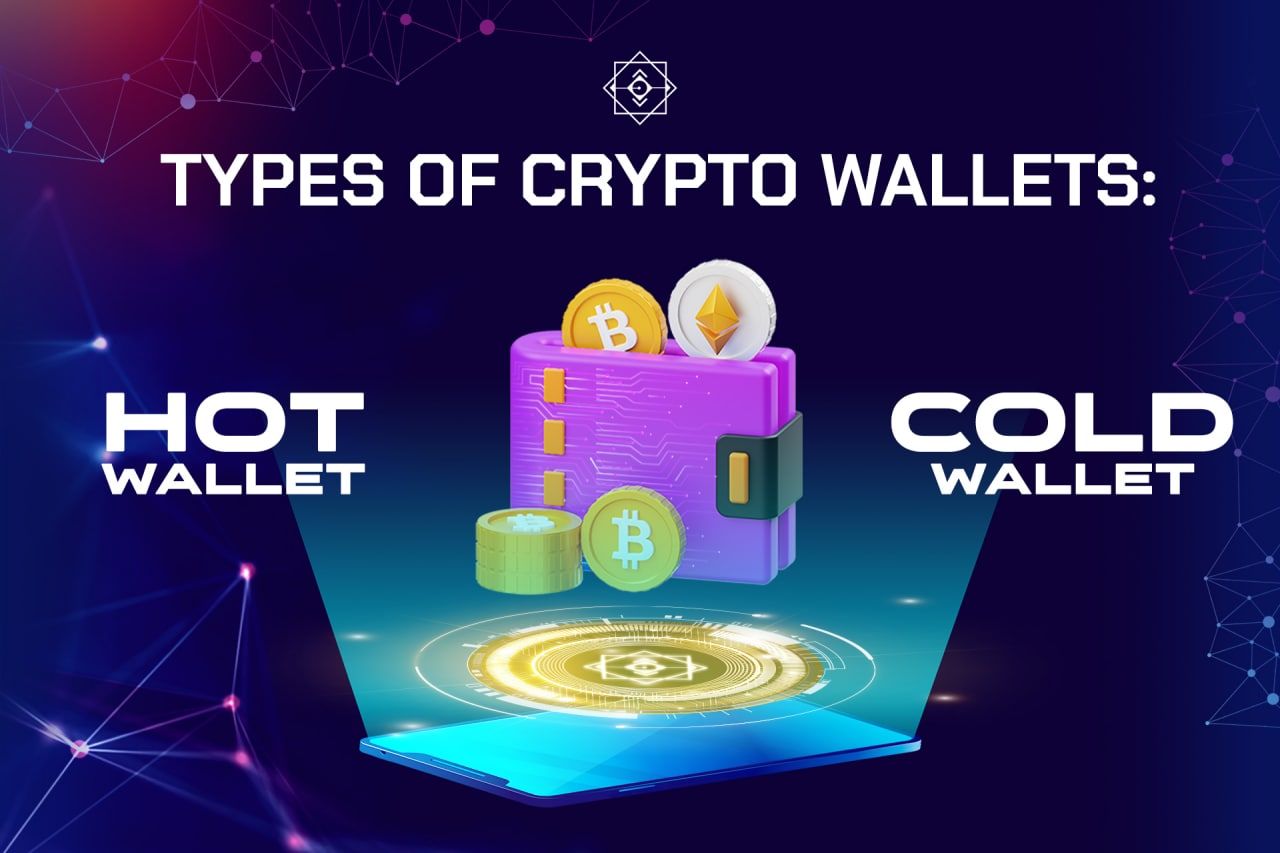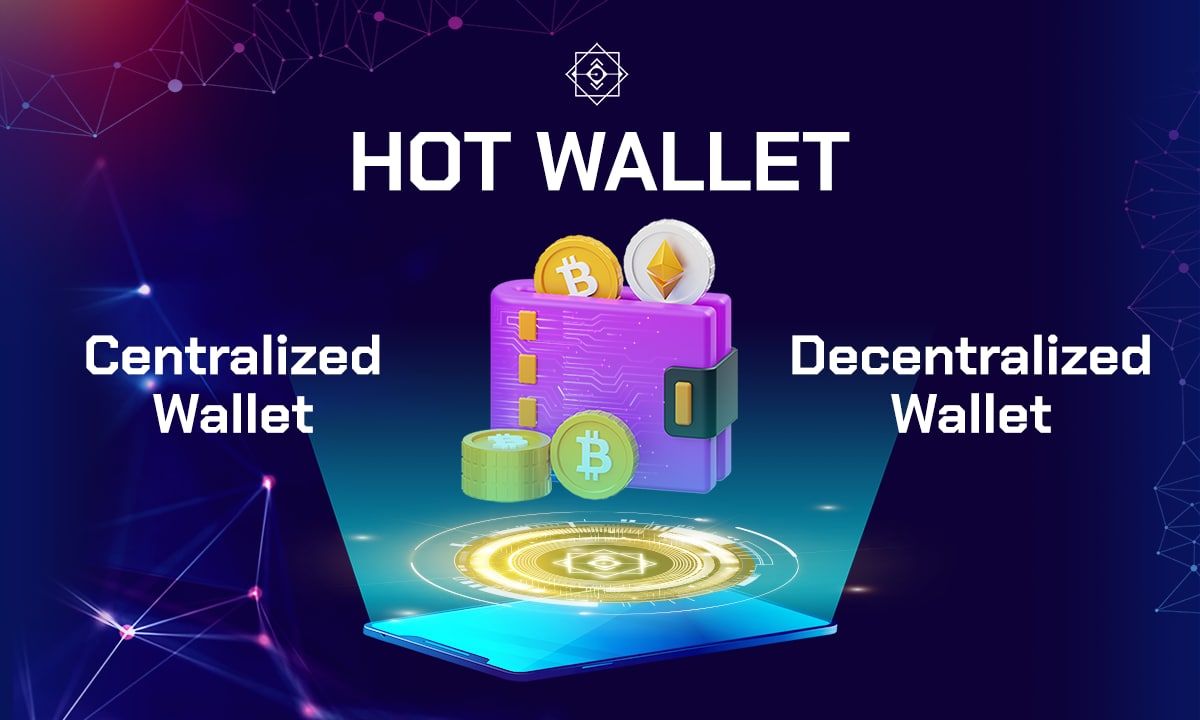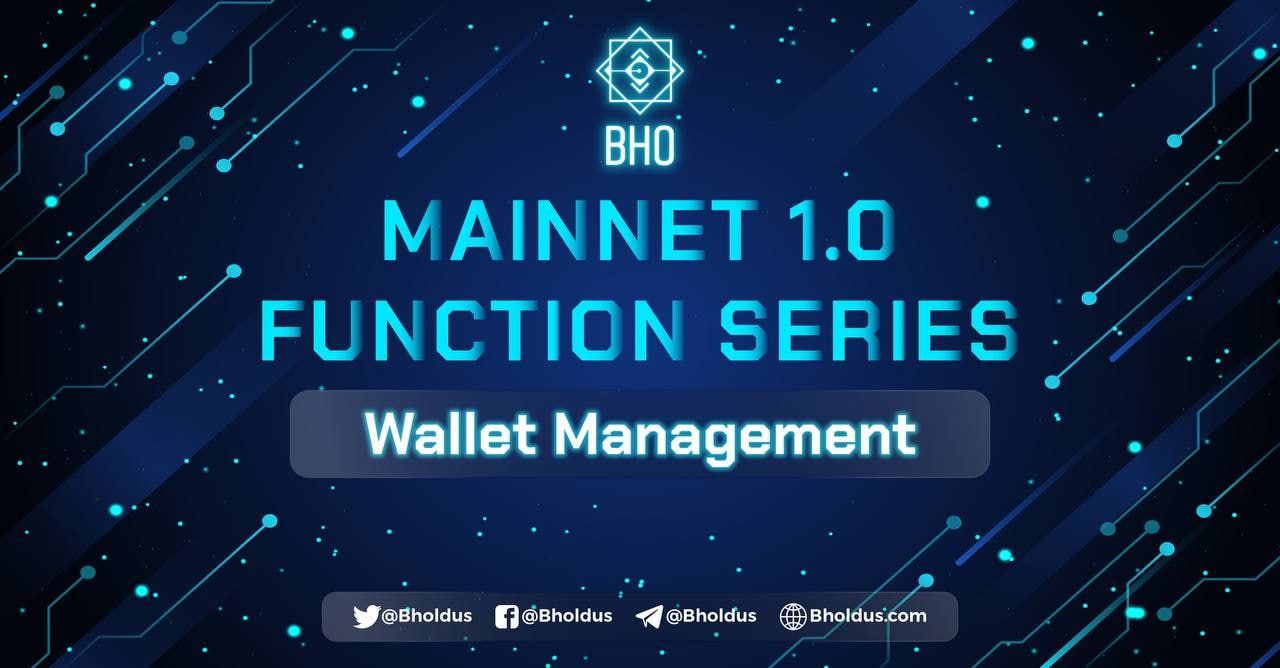- Blog
- Crypto News
- Things you should know about blockchain layers
Things you should know about blockchain layers
- 1. Layer 0: Internet of blockchain
- 2. Layer 1: Blockchains
- 2.1 Three Dilemmas
- 2.2 Blockchain Layer 1 solutions
- 2.3 Layer 1 problems
- 2.4 Some typical Layer 1 Blockchains
- 3. Layer 2: Increased speed and scalability
- 3.1 State channel
- 3.2 Sidechain
- 3.3 Rollup
- 3.4 Nested chain
- 4. Advantages and disadvantages of Layer 1 and Layer 2
- 4.1 Advantages
- 4.2 Cons
- 4.3 Solution
- 5.What is the future of Layer 1 and Layer 2?
- 6. Layer 3: Applications (UI)
What is Layer Blockchain? If you've been researching crypto or blockchain, you've probably come across terms like "Layer 1" and "Layer 2" protocols. So what are these layers? Explore with BHO Network in the content of the article below.
1. Layer 0: Internet of blockchain
Layer 0 or L0 is the foundation layer, including the hardware and software that build the backbone of the blockchain ecosystem. Layer 0 is the network framework that works underneath the blockchain. It is made up of protocols, connections, hardware, miners... that form the foundation of the blockchain ecosystem.
Layer 0 also supports cross-chain interoperability, allowing blockchains to communicate with each other. It provides an essential backbone for solving scalability in subsequent layers. Layer 0 typically uses native tokens that give access to participate and grow. This layer can be considered the "Internet of Blockchains".
Examples of Layer 0 are Polkadot, Avalanche, Cardano and Cosmos
2. Layer 1: Blockchains
If Layer 0 is the base layer, then Layer 1 (or L1) represents the radical layer. Therefore, most of the projects of this class are known to the users. When people mention Ethereum and Bitcoin, that's the Layer we're talking about.
Layer 1 represents the current blockchain. We need to understand that Layer 1 is where most workloads such as consensus mechanisms, programming languages, block times, dispute resolution, and rules and parameters maintain the underlying functionality of the network. blockchain network system.
The amount of tasks this layer handles often leads to scalability issues. As more users join a particular blockchain, it requires more and more computing power to solve and add blocks to the chain, resulting in increased transaction fees and slower processing times.
Improved consensus mechanisms like Proof of Stake and the introduction of sharding (dividing computational tasks into smaller blocks) alleviate some of the scaling issues. However, all of these solutions have proven in the past to be insufficient.
Layer 1 examples are Bitcoin, Ethereum, Binance Smart Chain, and Solana
2.1 Three Dilemmas
The three most significant challenges in blockchain scaling are fundamentals including: security, scalability and decentralization.
These three problems assume that any blockchain technology can only have at most two properties, not all three at once. Therefore, current blockchain technology will always have to accept to give up one of these three essential characteristics.
A good example is Bitcoin. Although Bitcoin's blockchain tries to optimize its decentralization and security, Bitcoin has had to give up scalability. It's not inherently the platform's fault.
Security, scalability and decentralization are the 3 most difficult issues in scaling Blockchain
2.2 Blockchain Layer 1 solutions
Blockchain Layer 1 must meet the requirements of decentralization, security and capability expand. To achieve this, the network uses various methods to improve overall scalability.platform solutions Layer 1 typically include the following approaches:
Consensus protocol
- Is the traditional consensus mechanism for Bitcoin and ETH. This mechanism aims to achieve consensus and security by using miners to decipher complex cryptographic algorithms. However, PoW faces two main problems: slow speed and resource-intensive.
- Proof-of-Stake or PoS is a distributed consensus mechanism on the blockchain network. Users can verify transactions on blocks based on staking activity. Compared to PoW, PoS has advantages in terms of transaction speed, but has disadvantages in terms of security.
- The Ethereum blockchain wants to transition from PoW to PoS with Ethereum 2.0. Ethereum 2.0 is an upgrade rolled out to make the Ethereum blockchain more scalable and sustainable.
Proof of Work and Proof-of-Stake
Sharding
- Sharding is another approach adapted for layer 1 solutions. Sharding is tested in blockchains as it involves splitting the network into a series of base blocks. Independent databases are called "shards". It makes blockchain management easier.
- This approach does not require all nodes to process or execute transactions to maintain the current network. All shards are processed sequentially in parallel, giving other processes greater processing power.
Sharding is another method that adapts to Layer 1 solutions
2.3 Layer 1 problems
Layer 1 is suffering from the following problems:
Capacity constraints
Layer 1 is a decentralized blockchain, usually Bitcoin and Ethereum. With the Layer 1 scaling solution, the underlying blockchain protocol is changed to be scalable.
Therefore, the protocol rules are adjusted to increase transaction capacity and speed. As a result, blockchain processes more data and attracts more users. Scaling through the Layer 1 can be understood as:
- Improve block confirmation speed.
- Increase the data storage capacity of the block. Taken together, these scaling solutions increase the throughput of the network. However, layer 1 does not seem to live up to expectations due to the increased number of blockchain users. Here are some inadequacies of the system.
Inefficient consensus protocol
Some layer 1 blockchains still use the old and inconvenient PoW consensus mechanism.
Although this mechanism is more secure than others, its speed slows down the system. This mechanism requires miners to use computing power to solve cryptographic algorithms. So overall, it requires more computing power and time.
Solution: PoS consensus can be used instead. This is also the consensus that Ethereum 2.0 will use. This consensus mechanism validates new blocks of transaction data placed by network participants, making the process more efficient.
Workload Overload
- As the number of users increases, so does the amount of work on the Layer 1. Therefore, processing speed and capacity decrease gradually.
- Solution: A scalable solution to this problem is sharding. In short, sharding breaks down the work of validating and confirming transactions into small, manageable bits. As a result, the workload is distributed across the network to leverage computing power through more nodes.
- The network processes shards in parallel, and the sequential processing of many transactions can happen concurrently.
Layer 1 still has some issues that need to be fixed
2.4 Some typical Layer 1 Blockchains
Celo
- Celo is a Layer 1 network, but it has made some significant changes, such as PoS implementation. The Celo Web3 ecosystem includes DeFi, NFT and payment solutions with over 100 million confirmed transactions.
- Anyone can use a phone number or email address on Celo as a public key. Blockchains sprint with standard computers and do not require special hardware.
Harmony
- Harmony is an Effective Proof of Stake (EPoS) with sharding support. The blockchain mainnet has four shards, each creating and validating new blocks in parallel. A shard can do this at its rate, which means they can all have different block heights.
Thorchain
- Thorchain is a DEX layer 1 is built using the Cosmos SDK. It also uses the Tendermint consensus mechanism to verify transactions. The main goal of Thorchain is to achieve decentralized cross-chain liquidity. The main goal of Thorchain is to achieve decentralized cross-chain liquidity.
Thorchain is one of the 3 typical Layer 1 Blockchains
Read more: What is Mining Pool? All the details about Mining Pool
3. Layer 2: Increased speed and scalability
Layer 2 protocols have become extremely popular in recent years and are proving to be a practical approach. most effective way to solve scaling problems, especially in PoW networks.scaling solutions Layer 2 include:
3.1 State channel
State channels help improve total capacity and transaction speed by facilitating two-way communication between blockchains and external transaction channels through various approaches. To validate transactions over the state channel, miners do not need to participate immediately.
Specifically, State channels create two-way communication between the blockchain and external media using a variety of approaches. State channels allow a group of participants to conduct an unlimited number of private transactions off-chain. Unlike regular on-chain transactions, state channel transactions are not public.
State channel examples include Bitcoin Lightning and Ethereum's Raiden Network. State channels give up some decentralization in exchange for scalability.
Lightning Network of Bitcoin
3.2 Sidechain
Side chains run parallel to the blockchain and are used for large transaction volumes. Sidechains have their consensus mechanism and are tunable for speed/scalability. Their utility tokens are part of the data transfer mechanism between the side and leading chains. The primary function of the chain is to ensure security and resolve conflicts.
Transactions on the sidechain will still be public on the distributed ledger. And security breaches on the sidechain do not affect the leading network. Building a sidechain is quite a time-consuming and labor-intensive job.
How Sidechain
3.3 Rollup
Rollups Work are Layer 2 blockchain scaling solutions to execute transactions outside of the Layer 1 network, and then upload data from the transactions to the Layer 2 blockchain. Layer 1 can hold the backups safe because the data is on the base layer.
Users benefit from rollups because they help increase transaction throughput, and reduce gas costs.
With the growing demand for expansion, the need to develop layer 2 scaling solutions is increasingly being promoted. Besides the above resolutions, many new effective solutions have been developed, including Plasma, Validium, Hybrid and even Parachain developed by Polkadot.
Rollups benefit users by increasing transaction throughput, and reducing gas costs
3.4 Nested chain
Blockchain Layer 2 runs side by side with other layers. In essence, Layer 1 will be the one to set the rules and settings, while Layer 2 will handle the business procedures. Thereby, the work will be divided among the network layers and reduce the workload on a network.
4. Advantages and disadvantages of Layer 1 and Layer 2
Through the above content, readers must better understand the concept of Layer 1 and Layer 2. However, what are the advantages and disadvantages of these 2 layers? BHO will pop the pumpkin soon.
4.1 Advantages
Advantages of Layer-1 Solution
The most professional point is that there is no need to add anything to the existing architecture. However, it still has problems, which leads us to the next section.
Advantages of Layer 2
The most significant advantage is that it is not to be confused with the underlying blockchain protocol. Layer 2 solutions like state channels, especially Lightning Network, can perform many microtransactions without wasting time validating miners and paying unnecessary transaction fees.
4.2 Cons
There are two fundamental problems with layer 1 and layer 2 scalability solutions. First, we had significant problems adding these solutions to existing protocols. Both Ethereum and Bitcoin have a market capitalization of billions of dollars.
Millions of USD are traded every day using these two cryptocurrencies. That's why it doesn't make sense to add unnecessary code and complexity to experiment with these protocols and invest a lot of money.
Second, combining these techniques may not solve the scalability challenge even if you create the protocol from scratch.
The term "scalability trio" was coined by Ethereum founder Vitalik Buterin. A blockchain project must make this trade-off when deciding how to optimize its architecture by balancing the following attributes: decentralization, security, and scalability.
For example, Bitcoin wants to optimize security and decentralization, so they have to compromise on scalability.
Problems faced by layer 1 and layer 2
4.3 Solution
The solution is to build the protocol from scratch using these integrated solutions. Additionally, it addresses the scalability challenge. Turing Prize winner Silvio Micali is creating a project called "Algorand" the project is trying to do just that. Algorand uses a consensus protocol called Pure Proof of Stake (PPoS).
In PPoS:
- The leader is chosen and validator (SV) is selected from each step of the Byzantine agreement.
- The computational overhead faced by the user is only related to signature generation and verification and simple counting operations.
- The cost does not depend on the number of users selected for each block. This number is constant and is not affected by the size of the entire network.
- The addition of computing power directly improves performance, making Algorand perfectly scalable. As the network scales, it will maintain high transaction speeds without incurring additional costs.
Read more: What is IPFS? All the infomation about IPFS
5.What is the future of Layer 1 and Layer 2?
Scalability is one of the reasons why mass adoption of cryptocurrencies in the blockchain industry is impossible. As demand for cryptocurrencies increases, the pressure to scale blockchain protocols will also increase dilemma scalability.
Both of these layers need to deal with scalability issues
6. Layer 3: Applications (UI)
Layer 3 is the last layer visible to the naked eye. Simply put, you can think of it as a mobile app. These are the user interfaces (UIs) used by the final participants.
This layer is designed to provide simplicity and convenience when dealing with layers 1 and 2. Layer 3 not only provides a user interface, but also facilitates in the form of cross-chain and internal operability, such as through decentralized exchange, liquidity and staking applications.
Layer 3, commonly known as decentralized applications (Dapps), provides real-world applications for blockchain technology.
Most of the Layer 3 protocols (DApps) currently only run on Layer 1 and ignore Layer 2
Related posts:
- What is Move to Earn? DeFi new trend details?
- What is Liquidity Pool? All you need to know about Liquidity
Above is all the information about "What is the Blockchain Layer" that BHO Network wants to provide readers. The scalability problem needs to be solved for blockchain technology to be widely adopted. Since both Layer 1 and Layer 2 have limitations, developing a system that combines them is essential. Look forward to the following articles of BHO to update more new knowledge!
Published on December 30, 2022
Tagged topics
